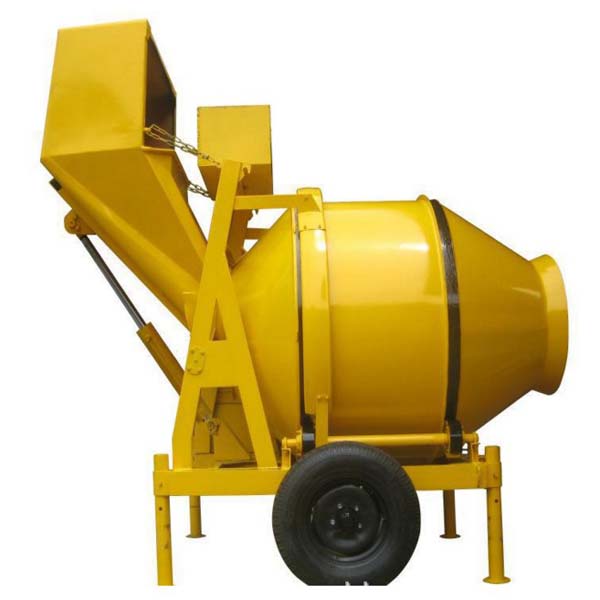Two Main Types Of Cement Mixer
Types of cement mixer
cement mixers are divided into two main types, depending on the principle of mixing concrete in the mixer.
Mandatory cement mixer
Units of this type include:
Mixing tank or pear with side discharge window
The working auger is structurally positioned along the radial axis of the mixer and rotates around its axis according to the inclination angle of the screw or blade.
Working auger drive.
frame.
Management, control and security systems.
The possibility of grounding of the cement mixer, if phase breakdown occurs, is a necessary requirement of safety regulations
One weakness of the forced-action cement mixer design is that it is impossible to quickly discharge the finished solution from the mixer. It is this problem that prevents this type of mixer from firmly occupying its niche market and unable to withstand the competition of competitive design.
Mandatory cement mixer is a very special tool for concrete workers
Since the unloading process performed through the injection port in the mixer body is quite complicated, the forced mixer has not been widely used. At the same time, this device is very suitable for the preparation of building mixtures, where additives are not added immediately, but when they are kneaded at regular intervals.
Gravity cement mixer
The main difference between them and forced mixing cement mixers is that when mixing concrete, it is not the main body that rotates, but the drum itself. In this case, it will be unloaded through the open upper cut of the pear.
When mixing, the container is at an angle to the horizontal, which can be ensured by a fan dump system with stoppers.
Gravity mixers are more frequently visited on various construction sites than other competitors
The working blade of the auger is fixed in the mixer. Such cement mixers have become more common on large and small construction sites, but they are also subdivided into types, this time starting with the type of transmission used to transfer torque from the electric motor to the mixer.
Which cement mixer is better is a rather exaggerated question, and the answer to it depends largely on the specific conditions of its operation.
